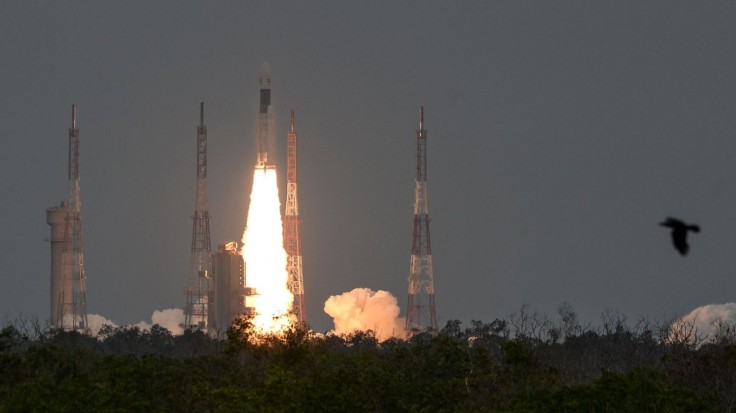India Breaks Silence on Lander Crash After First-Ever Attempt Became Latest Foiled Mission to the Moon
By
The Indian government has finally broken its silence on the death of the spacecraft attempting to land the lunar surface, following questions from lawmakers who were eager to learn its fate.
By becoming one of only a few nations to perform a soft landing on the Moon, India was ready to make history in September. Everything went smoothly until the unexpected happened.
Only moments before the Chandrayaan-2 lunar lander was to touch down, all communication with the spacecraft was lost by its handlers back on Earth.
What had happened to the lander was not immediately clear, and the Indian Space Research Organization (ISRO) was hoping the spacecraft would survive its impact. It attempted to spot the lander on the surface but failed to detect it, and the fate of Chanrayaan-2 remained unknown even after NASA's own orbiter scanned the surface.
Now, two months after the lander was presumed to have been destroyed, ISRO recognizes that the spacecraft is forever gone.
Jitendra Singh of the Department of Space in India explained that the reduction in velocity was more than the intended value during the second phase of the descent. Because of this anomaly, the initial conditions were beyond the planned parameters at the beginning of the fine braking cycle. As a result, within 500 meters from the designated landing site, Vikram landed hard.
Before the lander was launched, the Chandrayaan-2 mission also saw the launch of a lunar orbiter. The orbiter performed well for ISRO, but the team would have preferred the soft landing they set out to achieve, obviously.
The team spent a considerable amount of time trying to wake up the spacecraft and resume communication even after it was thought to have crashed, but only silently met those attempts.
It is clear that the lander was unable to handle the conditions it met during the landing and as a result it failed. It is unknown whether this was due to the lander's own systems failure or an anomaly in how the spacecraft reacted to the environment on the lunar surface.
The source of Vikram's fine braking failure has not yet been fully clarified by Singh. A report of the Department of Space states that the Chandrayaan-2 launch phase, orbital critical maneuvers, lander separation, de-boosting and rough braking phase have been accomplished successfully.
The failed mission was the attempt by India to become the first country to visit the southern pole of the moon, after revealing plans for the early 2020s to send people into space.
Singh was careful to add in his last week's clarification that officials have been successful with the rest of the Chandrayaan-2 mission, which continues to gather information around the moon during its orbit.
The failed landing, however, is a disappointment for the Chandrayaan-2 project. The total cost of which is estimated at $135 million. But recently it's not the only such frustration for moon explorers.
A few months earlier, a private Israeli venture muffled its own attempt to land a robotic spaceship on the moon. The spacecraft in the final moments of its descent seemingly lost its main engine and communication as well with its controllers on the ground.
RELATED: Boeing's Commercial Flights to the Moon Now in Testing Phase
© 2025 University Herald, All rights reserved. Do not reproduce without permission.








